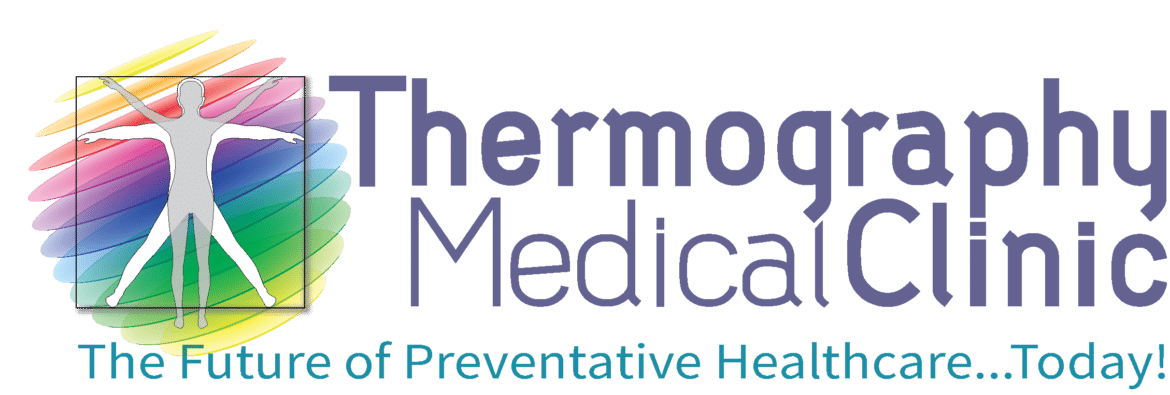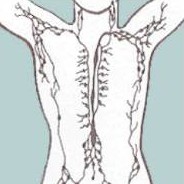In keeping with the spirit of breast health awareness month I thought I should write something on the topic. However, I don’t think this is going to be the typical breast health article that most would expect.
Here’s a quote that I have used from time to time that I like the concept of. “Health is a state of complete physical, mental and social well-being and not merely the absence of disease or infirmity.” Breast disease or (breast cancer) is probably the biggest health fear that women have. Most women think good health is avoiding breast cancer when in all reality, being healthy in mind, body and personal relationships is the best health outcome. I call this whole-body health. What most people don’t understand is that breast cancer is not even considered to be the #1 killer…. So, what is? And why are we so afraid of breast disease?
“Heart disease is the leading cause of premature death for women in Canada, yet women’s hearts are still vastly misunderstood,” says the Heart and Stroke Foundation. This answers the question of what the biggest killer is.

Just being a woman is the biggest risk factor for developing breast cancer. This phrase may answer the question of why women are so afraid. Let’s face it, being a woman increases your risk. There is also a common stat floating around that makes women feel even more vulnerable. Many women believe that the chances of developing breast cancer are 1 in 8. We hear this stat quoted so often to literally scare the s#*t out of women to get mammograms. But there’s a problem with this information. It’s wrong!
The one-in-eight statistic doesn’t accurately reflect the average woman’s breast cancer risk. Age is the most important risk factor for breast cancer, so as a woman gets older, her breast cancer risk increases, approaching a one in eight risk AFTER age 70. Statistics from the US National Cancer Institute show that a woman’s chance of being diagnosed with breast cancer in the next 10 years by age is:
| Age 30 | 0.44 percent (or 1 in 227) |
| Age 40 | 1.45 percent (or 1 in 68) |
| Age 50 | 2.29 percent (or 1 in 42) |
| Age 60 | 3.48 percent (or 1 in 28) |
| Age 70 | 3.88 percent (or 1 in 26) |
| Age 70+ | 1 in 8 |
We have to remember that our breasts are not ticking time bombs waiting to turn into cancerous hand grenades. So while I wanted to write about breast health, I actually wanted to write more about overall health.
When women think of breast health they often become fixated on their breasts and only their breasts and what they can do to avoid breast disease. Many women forget to consider that their breasts are attached to them, not separate from the body and are completely a part of who they are. Breast health is not solely about breast health, it’s about whole-body health. It takes our whole self to be healthy… not just one part of us.
Our breasts are connected to us not only on a physical level but on an emotional level as well. I believe that with all illnesses there is a combination of factors that play a role in the disease process. Our mindset and what we believe about health and wellness can have either a positive or negative impact on our health.
So, then what is it that contributes to breast disease? Let’s discuss what I call possible contributing factors.
Emotions/stress: Traditional Chinese medicine (TCM) considers that all internal or chronic diseases are caused by the seven major emotions − anger, shock, lack of joy, fear, brooding, anxiety, and sorrow. The theory is that our stressed-out brains send signals to our adrenal glands to produce stress hormones. These stress hormones contribute to an inflammatory process. If our emotions are left unattended to this can lead to chronic inflammation. Chronic inflammation eventually weakens the immune system and allows the disease process to begin.
Toxins: Toxins such as bacteria, viruses, environmental contaminants, chemicals amongst others can accumulate in the organs and tissues. Foreign substances cause the immune system to respond to try and remove them. This immune response can lead to an inflammatory process. If the body cannot remove the toxins this results in chronic inflammation. Inflammation eventually weakens the immune system and a weakened immune system can lead to disease.
Sluggish Lymph: The lymph system is the body’s “sewage processing plant” It removes waste, toxins and other unwanted materials out of your cells and tissues. When the lymph system stops flowing it’s like having the garbage company go on strike. The garbage piles up and eventually you become toxic (which causes inflammation, which weakens the immune system) ….and then you become sick.
Hormones: Hormonal imbalance (including insulin, cortisol, thyroid, estrogen, progesterone, testosterone) occurs when there is too much or too little of a hormone in the bloodstream. Changing levels of estrogen, progesterone, and testosterone play a role in age-related weight gain. There is clear evidence that extra fat cells, especially around the middle of the body, add to systemic inflammation by creating extra cytokines and C-reactive protein (chemicals in the body that promote inflammation). If you’re getting the drift, chronic inflammation weakens the immune system which allows the disease process to begin.
To sum it up, the biggest contributing factor to developing breast disease is Inflammation. Remember your breasts aren’t separate from you. They are an extension of you. Knowing the cause of your inflammation is the next big challenge but not an impossible one.
How do we see this inflammation? As many of you know (and if you didn’t already know, you will know now), I am a big advocate of being able to see what is wrong with my patients. I HATE guessing. Thermography is the only assessment tool that I have found that can visualize inflammation. Where it is, where it is coming from and where it is heading. In a nutshell, this tool creates a high definition digital map of your body that illustrates temperature patterns — patterns that are consistent with inflammation.
Concerned about your breasts? You should be. But you should be more concerned about your overall state of health. Let thermography show you the way to a healthier whole you. And just for a laugh…
Healthier is Smarter!
Sharon Edwards – BA, R(Hom), DNM, RNCP, CTT



